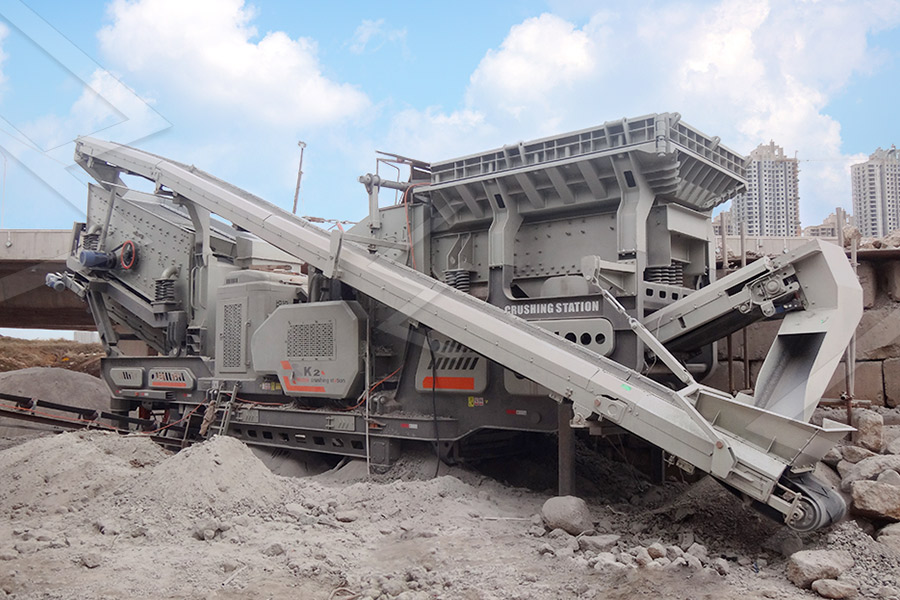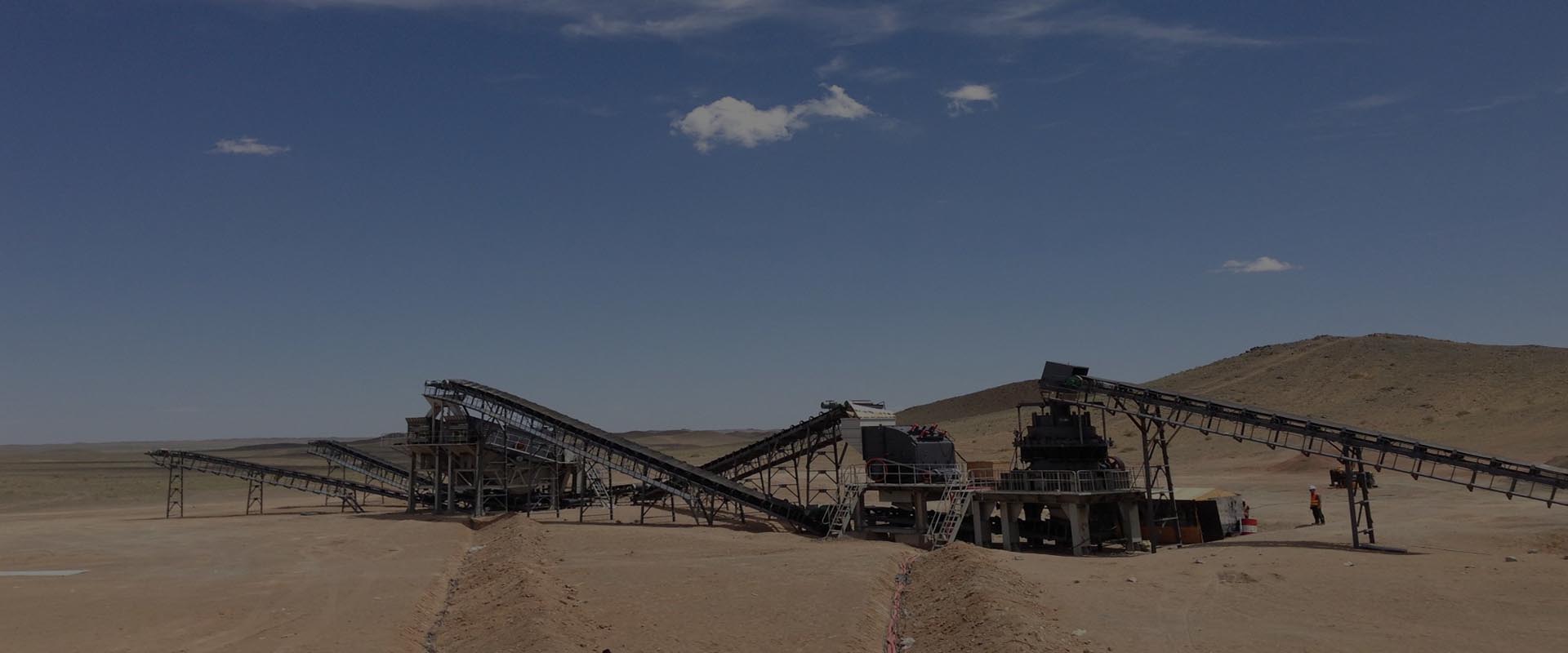ratio of coal and water in dyeing mills

Co-combustion of coal with printing and dyeing sludge ...
2015-1-1 · 1. Introduction. Traditionally, the printing and dyeing sludge (PDS) generated during the treatment of wastewater in the printing and dyeing industry has been regarded as a troublesome and unavoidable by-product .Moreover, PDS is a complex waste that contains organic and inorganic substances, with a high percentage of water .However, more stringent
Read More

Analysis of water consumption and potential savings in a ...
2019-1-1 · To find the water consumption ratio at each step of the HT rope dyeing process, consecutive Pareto analyses were performed to determine the most water-consuming step of the reactive dyeing in the HT rope dyeing machine. HT reactive dyeing water consumption values are given in Table 7.2 and the applied Pareto analysis results are given in Fig. 7.8.
Read More

3 Ton Water Tube Coal Fired Steam Boiler For Dyeing Mill
SZL Coal & Water Tube Coal steam Boiler. The SZL Water Tube Coal steam Boiler can be used for the following ... Plant, Printing and dyeing mill,Cement Plant,Fertilizer plant,Feed mills,Rubber factory. ... large grate with bigger area, improving the coal adaptability and combustion efficiency.
Read More

ENERGY MANAGEMENT IN TEXTILE INDUSTRY
2019-2-4 · Dyeing in H.T.H.P. dyeing machine 5 3 Pad – dry steam 8 dyeing 4 Pad - dry cure/thermo sole dyeing 5 2. ELECTRICAL ENERGY The wet processing of textiles consumes around 15% of the total electrical energy mainly only for running the various processing machineries. Most of the textile mills draw their power requirements from their
Read More

(PDF) Textile dyeing industry an environmental
Whitaker, C.M. and Willock, C.C. (1949) Dyeing with coal tar dyestuffs. Tindall and Cox Baillière, London, 5, 1-7. Treatment and recycle of wastewater in industry
Read More

Improvement of wettability of coal seams in water ...
1. Introduction. To-date, coal is still the most abundant and widely distributed fossil fuel on earth and plays a crucial role in the livelihood of people , .Coal mining in China primarily involves underground mining , .Due to relatively airtight space in mining, a large amount of suspended coal dust produced cannot be spread in time, which not only causes coal workers pneumoconiosis
Read More

Dyeing Process - an overview | ScienceDirect Topics
Dyeing and printing processes are value-added treatments for most textile materials. A dyeing process is the interaction between a dye and a fibre, as well as the movement of dye into the internal part of the fibre. Generally, a dyeing process involves adsorption (transfer of dyes from the aqueous solution onto the fibre surface) and diffusion (dyes diffused into the fibre).
Read More

Common & Basic Formulas for Mineral Processing
2016-3-20 · In calculating the Ratio of Concentration (R) of the mineral operations, the following formula has been found very useful. Assays of heads, concentrate, and tailing are required. Mill Water to Ore Ratio Requirements. Resistance of Various Materials to Crushing. Pulp Calculations. W—Tons of solids per 24 hours. R—Ratio of weights: solution ...
Read More

Water pollution due to textile industry
2020-6-3 · Water use is a big part of the textile industry, it is used for scrolling, bleaching and dyeing processes. The pollution aspect comes mainly from wastewater. If this contaminated water is not treated before being given to the reservoir, this wastewater can reduce the concentration of oxygen, which can be harmful to both aquatic life and the ...
Read More

(PDF) Waste water treatment in Textile Industries- the ...
2 天前 · Waste water treatment in Textile Industries- the concept and current removal Technologies January 2015 Journal of Biodiversity and Environmental Sciences 7(1):501-525
Read More

Characteristics of effluent from dyeing and printing unit ...
The nexus between water, food and energy is introduced, along with the concept of virtual water, and the desirability for society, industry and governments to consider water security in a global ...
Read More

Minimization of Water and Chemical Use in a Cotton ...
The minimization of water use in a cotton/polyester fabric dyeing textile mill was studied by Ozturk et al. (2016). Colla et al. (2016) for the steel plants analyzed the water reuse and facility ...
Read More

Environmental hazard in textile dyeing wastewater from ...
2021-10-2 · Chemicals and dyes used in textile dyeing. Dyeing is one of the water- intensive processing areas in textile industry. The total amount of chemicals consumed in textile mills may range over 10% to 100% on weight of the fabric. The textile industry is also known as one of the major waste water producers to environment.
Read More

(PDF) Textile dyeing industry an environmental hazard
Whitaker, C.M. and Willock, C.C. (1949) Dyeing with coal tar dyestuffs. Tindall and Cox Baillière, London, 5, 1-7. Treatment and recycle of wastewater in industry
Read More

Waste Management of Textiles: A Solution to The ...
2017-7-18 · Dyeing Dyeing is carried out to impart a solid all - over shade to the fabric. The main purpose of dyeing is to anchor dyestuff molecules to the textile fibres. Dye shades are obtained by treating the textile material with a solutions containing dyestuff and other auxiliary chemicals. Dyeing water water is characterized by the presence of
Read More

Water pollution due to textile industry
2020-6-3 · Water use is a big part of the textile industry, it is used for scrolling, bleaching and dyeing processes. The pollution aspect comes mainly from wastewater. If this contaminated water is not treated before being given to the reservoir, this wastewater can reduce the concentration of oxygen, which can be harmful to both aquatic life and the ...
Read More

NRDC: NRDC’s 10 Best Practices for Textile Mills to Save ...
2018-3-9 · all industries, textile dyeing and finishing mills in China use considerably more water than most in the developing world—as much as 200 tons of water for every ton of textiles produced. Steam ...
Read More

Textile industry's environmental effects and approaching ...
2017-7-6 · According to, 61 water conservation methods for textile mills are; use of automatic shut-off valves, flow control valves, low material to liquor ratio systems, flocculation of clean water of pigment printing, use single stage of processing,
Read More

(PDF) Study on Comparison of Boiler Efficiency Using Husk ...
At small scale when coal is used in rice mill plant the operating cost increases thus profit is decreased. More pollution is created due to the use of coal and the husk remains as waste.
Read More

BEST TECHNOLOGY: COLD PAD BATCH DYEING
2017-11-6 · After dyeing the fabrics can be washed off using batch processes (such as a winch or a jet) or, preferably, on a new efficient counter-flow wash range. Cold pad batch dyeing can save around 50% of energy and water for the whole process compared to jet dyeing provided bleaching and post-dye wash off are carried out on efficient
Read More

Environmental hazard in textile dyeing wastewater from ...
2021-10-2 · Chemicals and dyes used in textile dyeing. Dyeing is one of the water- intensive processing areas in textile industry. The total amount of chemicals consumed in textile mills may range over 10% to 100% on weight of the fabric. The textile industry is also known as one of the major waste water producers to environment.
Read More

Common & Basic Formulas for Mineral Processing
2016-3-20 · In calculating the Ratio of Concentration (R) of the mineral operations, the following formula has been found very useful. Assays of heads, concentrate, and tailing are required. Mill Water to Ore Ratio Requirements. Resistance of
Read More

NRDC: NRDC’s 10 Best Practices for Textile Mills to Save ...
2018-3-9 · all industries, textile dyeing and finishing mills in China use considerably more water than most in the developing world—as much as 200 tons of water for every ton of textiles produced. Steam ...
Read More

Comparative Study of Cationic Dye Adsorption Using ...
2020-12-1 · water pollution sources. Therefore, much e ort has been devoted to improving water quality by reducing contaminants at the source, recovering useful industrial by-products, and removing pollution from wastewater flows. Dyes, extensively used in textiles, dyeing, printing, pulp, plastics, leather, cosmetics and other
Read More

BEST TECHNOLOGY: COLD PAD BATCH DYEING
2017-11-6 · After dyeing the fabrics can be washed off using batch processes (such as a winch or a jet) or, preferably, on a new efficient counter-flow wash range. Cold pad batch dyeing can save around 50% of energy and water for the whole process compared to jet dyeing provided bleaching and post-dye wash off are carried out on efficient
Read More

A Review of State-of-the-Art Technologies in Dye ...
2015-4-17 · Recently, new single or hybrid/combined processes have attracted much attention for treatment of textile and dyeing wastewaters. These processes which may be termed as “state of the art technologies” are membrane separation processes, ultrasonic, photochemical and electrochemical processes. Although the conventional methods still have been tried with some
Read More

Life-cycle assessment of continuous pad-dyeing
2012-7-14 · Purpose China is the largest producer of textile-dyeing products in the world. The production of these materials consumes high amounts of water and energy and results in the discharge of huge amounts of pollutants. This study aimed at evaluating the life-cycle environmental impacts of the textile-dyeing industry and determining the key processes for
Read More

Pre-treatment of Textiles Prior to Dyeing - IntechOpen
2018-9-25 · characteristic features that set lower limits to the amount of water required e.g. machines such as winch or hank dyeing machine work at material to liquor ratio of at least 1:10-15 while jigger works at 1:3. Many detailed surveys reveal remarkably wide variations in quantities of water used, i.e. from 5 - 5000 lit/kg of fabric processed.
Read More

The Steam Revolution – Creatures of Thought
2021-10-10 · Even in Britain, water-power continued to overshadow steam-power in both number of mills and operating horsepower well into the nineteenth century. In other countries with more abundant water sources, less industrial know-how, and more expensive coal, water power continued to dominate steam even into the second half of that century.
Read More
- << Previous:Grinding Ball Spesifikasi
- >> Next:Efficiency Calculation Of Rock Grinding Mill
